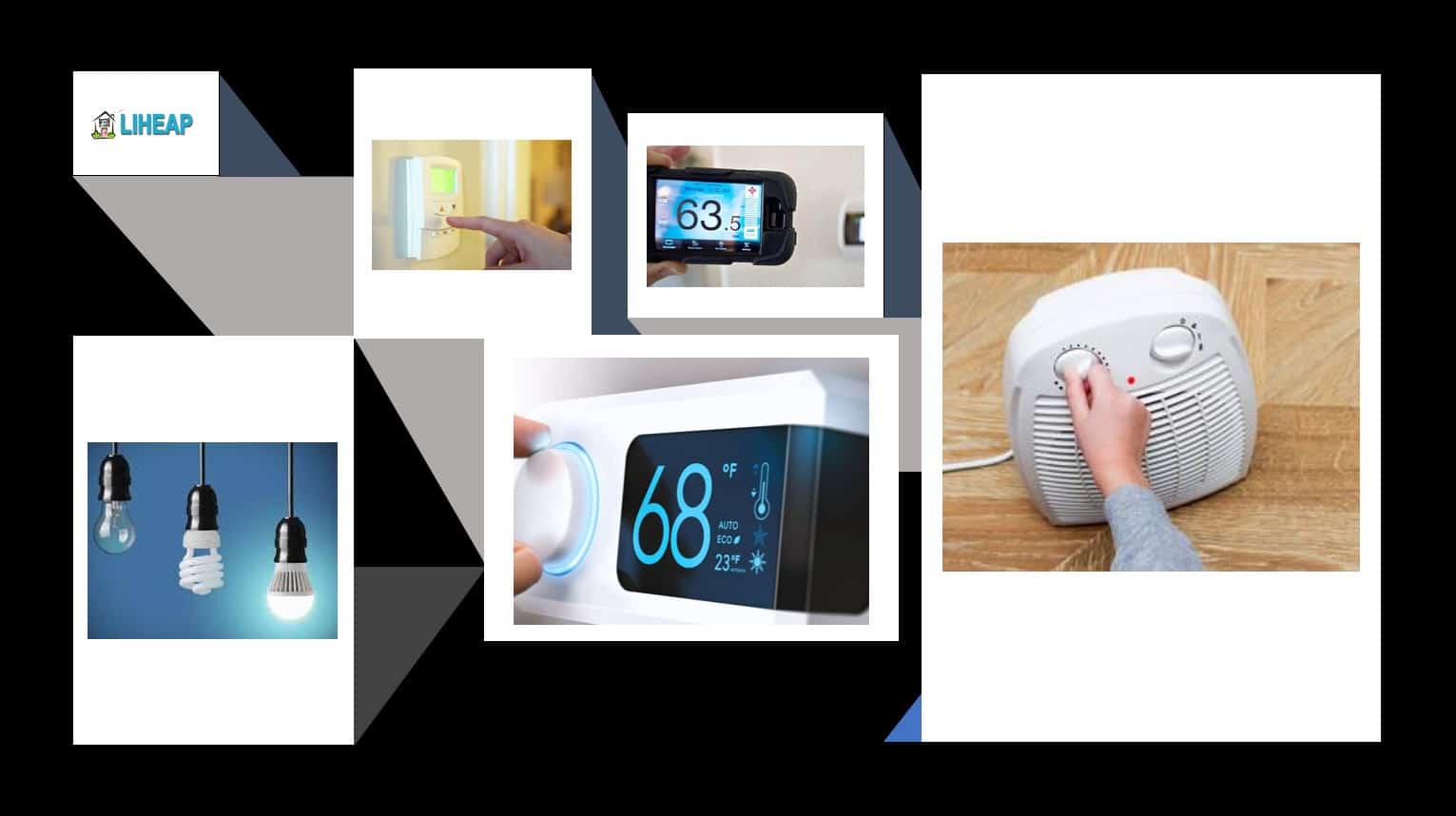LIHEAP Action Day highlights energy program for needy

The LIHEAP program is one of many ways customers can get help with energy bills. (file/Getty Images)
Feb. 26 is LIHEAP Action Day, with a focus on raising awareness among policymakers and the public about the federal Low-Income Home Energy Assistance Program, which helps millions of vulnerable Americans with their energy bills.
The pandemic and resulting economic downturn has heightened the challenge that people with low or fixed incomes face in making ends meet. For many of them, LIHEAP can be an important safety net.
LIHEAP funds are granted to states through the U.S. Department of Health and Human Services. In Alabama, federal assistance flows to the Alabama Department of Economic and Community Affairs (ADECA), which contracts with community action agencies and nonprofits to distribute resources to eligible recipients. The funds can be used to help with heating and cooling costs, energy-related emergencies and weatherization programs.
“The LIHEAP program provides important assistance to many lower-income families during the cold winter months and hot summer months when heating and air conditioning needs are higher,” ADECA Director Kenneth Boswell said. “ADECA is pleased to join with Gov. Ivey to make these funds available through our state’s network of community action agencies so that these families do not have to make difficult choices between staying warm or cool and having food on the table.”
In 2020, ADECA distributed more than $77 million to local agencies to support energy assistance through LIHEAP, including more than $16 million in supplemental COVID-19 related funding.
“LIHEAP is such a vital program for the state of Alabama and for all of our local community action agencies,” said Kris Rowe, executive director of the Community Action Association of Alabama.
“The community action agencies across the state strive to improve the self-sufficiency of people and to meet the needs of our communities. However, we recognize to achieve our mission we must first address basic needs. LIHEAP affords us the opportunity to assist those in need and to fulfill our mission,” Rowe said.
LIHEAP is unlike Social Security or food stamp programs that see their funding increase with need. Instead, LIHEAP funding must be appropriated annually by Congress. Advocates are urging federal lawmakers to include additional LIHEAP funding as Congress considers the next COVID-related stimulus package and the federal fiscal 2022 budget.
LIHEAP recipients are among the nation’s vulnerable citizens. More than 90% of households receiving LIHEAP include at least one person with a disability, a child under 18, a veteran or a senior citizen, according to information compiled by the Edison Electric Institute (EEI), which represents investor-owned electric companies.
In 2019, about 35 million U.S. households were eligible for LIHEAP assistance. Because of funding limitations, only 6.8 million received help. To be eligible, a family can earn up to 150% of the federal poverty level – about $32,000 annually for a family of three. The majority of LIHEAP recipients fall well below the minimum income requirements. A typical household receiving LIHEAP assistance had income of less than $27,000 – 17% below the federal poverty guideline, according to EEI.
Rowe said community action agencies across the state have had to find creative ways to assist clients during the pandemic, including drive-thru and curbside services and providing help online. He said the agencies are continuing to improvise as the pandemic persists.
To learn more about LIHEAP and how to apply for assistance in Alabama, visit ADECA’s online LIHEAP information site by clicking here.





